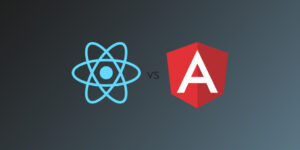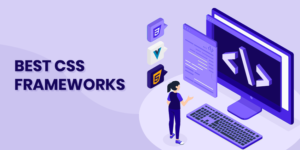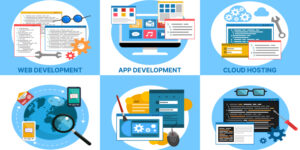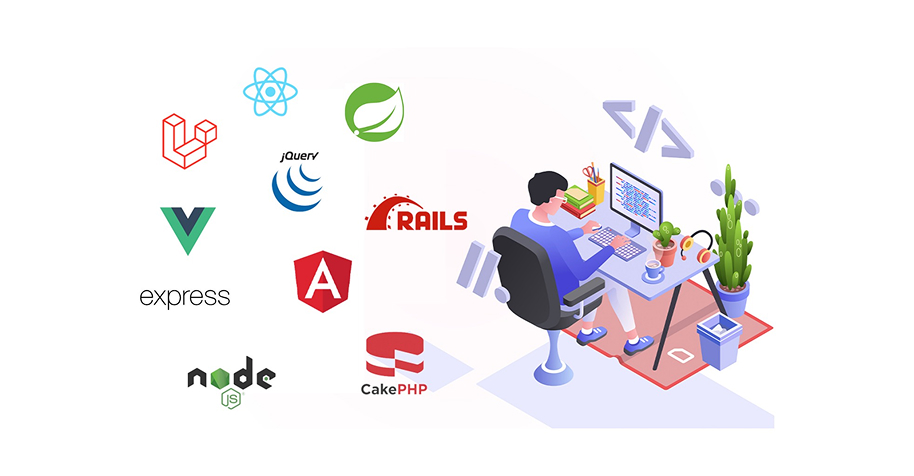
In 2025, web development will be more flexible, smart, and fast. Powerful frameworks and popular tools enable programmers to develop functional, robust, and responsive websites in the shortest time. So, what are the best frameworks and tools that impact current digital experiences? Let us find out.
The web development sector has changed quite rapidly in the past several years. Nowadays, with the new set of frameworks and tools, developers can finish work that would have taken them months of code writing in a few weeks or days only. In 2025, developers are concerned with speed, scale, and user experience, and synchronized with new tendencies, such as AI integration, automation, and edge computing.
Proper tools not only save time but also make websites secure, speedy, and prepared to grow in the future. In this informative guide, let’s have a closer look at some of the top frameworks and tools shaping the field of web development.
Leading Web Development Frameworks and Tools in 2025
In a modern world, web development involves frontend and backend frameworks that work jointly to create an extensive digital experience. Frontend determines the design and interactivity, and backend determines the logic, protection, and working with data to deliver fast, secure, and attractive websites. Partnering with a leading Web Development company ensures that both aspects work seamlessly together to deliver a smooth, engaging, and scalable digital presence.
➢ Frontend Frameworks
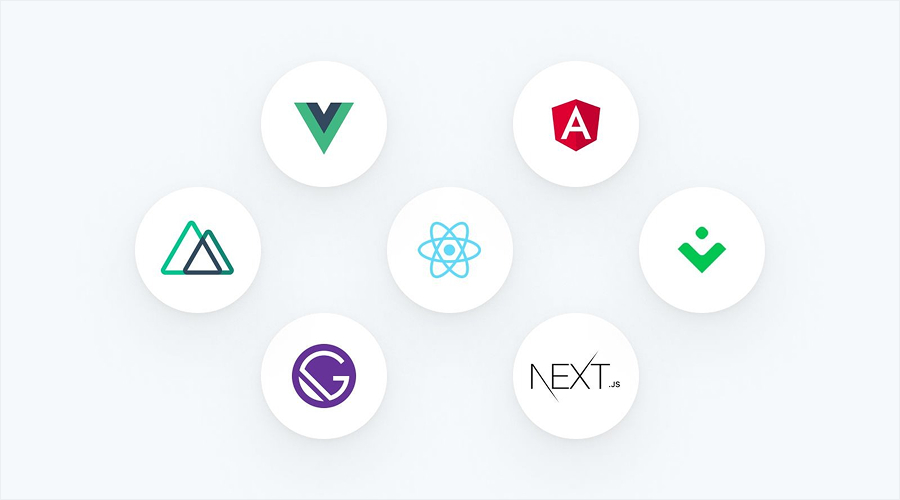
1. React.js
It has become the preferred choice to develop responsive, scalable, and high-performance user interfaces in 2025. It also has component architecture, which means code can be reused, and the virtual DOM means we can render the content in an incredibly efficient manner. With the support of Meta and the community, you can implement React in a very powerful manner and be equipped with libraries and React.js tools, including Redux, Next.js, and Tailwind CSS.
It is also capable of being applied to simple websites, or it may even be used in enterprise applications. The ever-changing nature also ensures it is compatible with the present standards of the web, and thus, the developers can offer a fast, responsive, and user-friendly online experience.
2. Vue.js
Vue.js is preferred by developers because of its low learning curve and flexibility of the architecture. It is a preferred choice for both small projects and big applications, due to features such as Composition API and reactive data binding. Its lightweight nature promotes its performance, and the durability is intelligible; thus, beginners and even experienced developers can utilize it. It uses ecosystem improvements like Vue Router, Vuex, etc., that bring efficiency to the process of development.
3. Angular
In 2025, AngularJS Frameworks, as sponsored by Google, can still be seen as an enabler of the development of a full-scale and feature-rich web application. It also presents two-way data binding, a robust CLI, and includes layout routing, form, and dependency injection. The opinionated structure of Angular assists in keeping the large projects neat and orderly. This is supported by a TypeScript core, which makes it dependable and scalable, thereby suitable for enterprise applications.
Angular is supported by constant updates and the long-term future, which means that it is easier to rely on the framework and create high-performing and complex programs without a risk to violate the security and performance standards.
4. Svelte
Svelte has become more popular in 2025 due to its compile-time mechanism, which generates very optimised and slimmed-down JavaScript bundles. This will increase page loads and ease of user experience. As compared to more conventional systems, Svelte moves much of the work to the build time, leaving cleaner, simpler runtime code. Its syntax is clean, and there is little boilerplate, which gives it its easy-to-learn, but powerful feel to complex projects, which makes it popular among developers.
5. Next.js
Next.js leads as the preferred React-based framework in 2025 with performance and SEO through server-side rendering (SSR) and static site generation (SSG). It supports edge renderings, AI integration, API routes, and can work full-stack in a single framework. Having image optimization, a route engine, and internationalization baked in, it can be used to serve high-traffic, content-based websites. It is open source and flexible to use, thereby being widely used by e-commerce websites, media websites, and SaaS products.
➢ Backend Frameworks
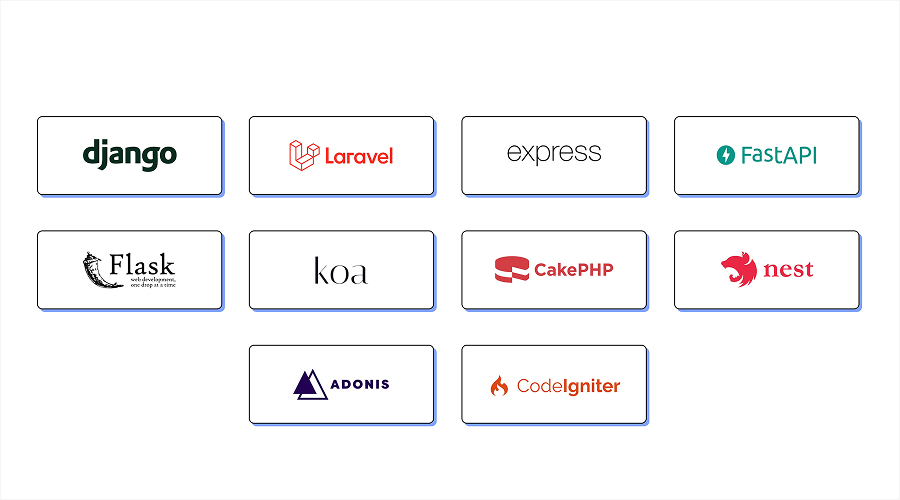
1. Node.js
Node.js is still being used as one of the most popular deep-end technologies in 2025, as dictated by its architecture, which is non-blocking and event-driven. It enables the designers to manipulate JavaScript both on the frontend and backend, thus making the development process easier. Node.js is both robust and runs applications very quickly; it is best deployed when handling real-time applications, which include chat, multiplayer games, and streaming websites. It also includes an immense npm ecosystem and libraries that implement almost every possible feature, making it a go-to choice for businesses seeking Top Node.js development services to build scalable and high-performance solutions
2. Django
Django is a scalable, robust, secure web framework written in Python. It has in-built authentication, admin dashboards, and database management tools following the philosophy of batteries included. Its ORM makes the use of the database easier and offers security against common attacks, i.e., SQL injection and XSS. The Django framework includes a well-maintained structure that promotes clean, maintainable code; hence suitable for large application programming.
3. Laravel
Laravel remains the most popular PHP framework in 2025 because of its developer-friendly environment and pretty syntax. It has potent boons, such as Eloquent ORM, Blade templating, and a painless routing system. Laravel can deal with authentication, caching, and the development of APIs with very little effort, unlike other frameworks. Its community-based packages and integrations allow development to be quicker and more fun. For businesses looking to build scalable web applications, partnering with a trusted PHP development company ensures the best use of Laravel’s features and faster project delivery.
4. Ruby on Rails
Ruby on Rails remains viable in 2025, particularly among startups and companies wishing to have fast development turns. Its convention-over-configuration saves time to configure and enforces good standards. Rails includes routing, database migrations, and testing tools. Its most important aspect is the productivity of developers, enabling the team to get ideas into the market quickly and of high quality. The complete ecosystem and community surrounding the framework can be viewed as one that can be trusted to come up with modern, maintainable web applications very well.
5. Spring Boot
In 2025, Spring Boot remains the most dominant in enterprise-level backend development in Java. It lowers the development costs of a product-ready application. Spring Boot is scalable and cloud-native since it is based on adopting the microservices architecture. It is highly secure with integration capabilities within databases, messaging systems, and cloud platforms, which makes it applicable in mission-critical applications.
Supported by a huge ecosystem and years of enterprise adoption, Spring Boot has been an option that organizations can count on when it comes to high-performance, reliable, and easily maintainable backend services that require complex systems. To leverage the full potential of Spring Boot for robust enterprise solutions, partnering with an experienced Java web development company ensures efficiency, scalability, and long-term success.
Tools and Trends in Modern Web Development
1. TypeScript
TypeScript has proved to be necessary in large projects as it checks errors during initialization because of its static typing, which adds more maintainability.
2. Vite
Vite offers hyper-fast development servers and build tools, and replaces legacy bundlers through a modern, beautiful workflow.
3. Tailwind CSS
Tailwind CSS has changed the utility-first styling, where developers can build beautiful user interfaces defined only in markup and do not have to write a distinct CSS file.
4. AI-assisted Coding
Frameworks such as GitHub Copilot can be used to write code more quickly, propose optimization, and even produce boilerplate, saving development time.
5. PWAs (Progressive Web Apps)
PWAs are a hybrid of web apps and mobile apps, with the ability to work offline, support push-notifications, and perform like an app in your browser.
Conclusion
In conclusion, modern web development is about speed, performance, and user experience. The right combination of frameworks and tools can play monumental roles in determining how fast and efficiently a project can be completed. Modern frameworks such as React with dynamic frontends, and Django with secure backends, along with AI tools to automate tedious tasks, give developers more capability than ever before to create beautiful, high-performance websites and applications. The future is good, the tools are improving, and if you’re looking to build your next powerful digital solution, Contact Us Today!


